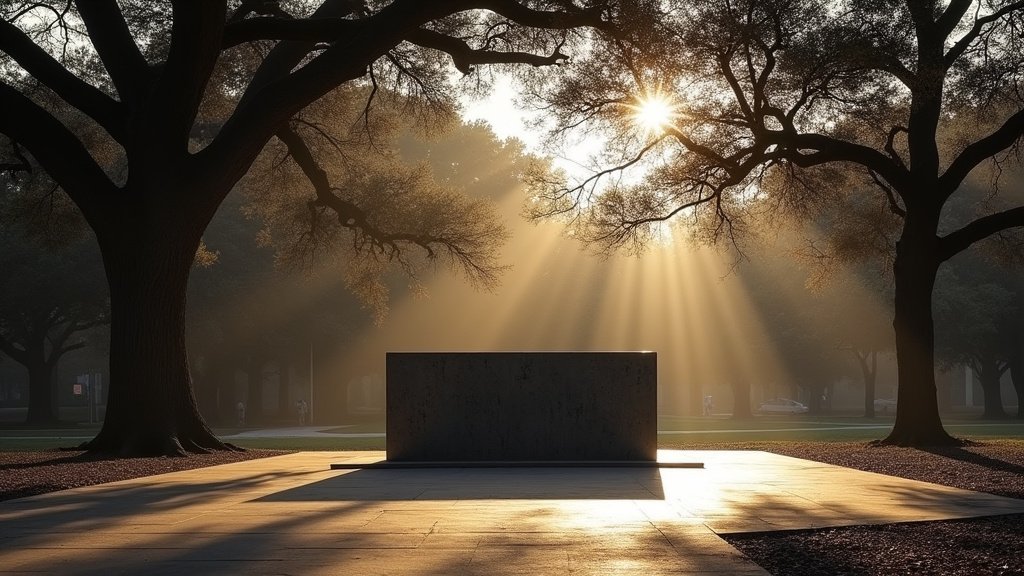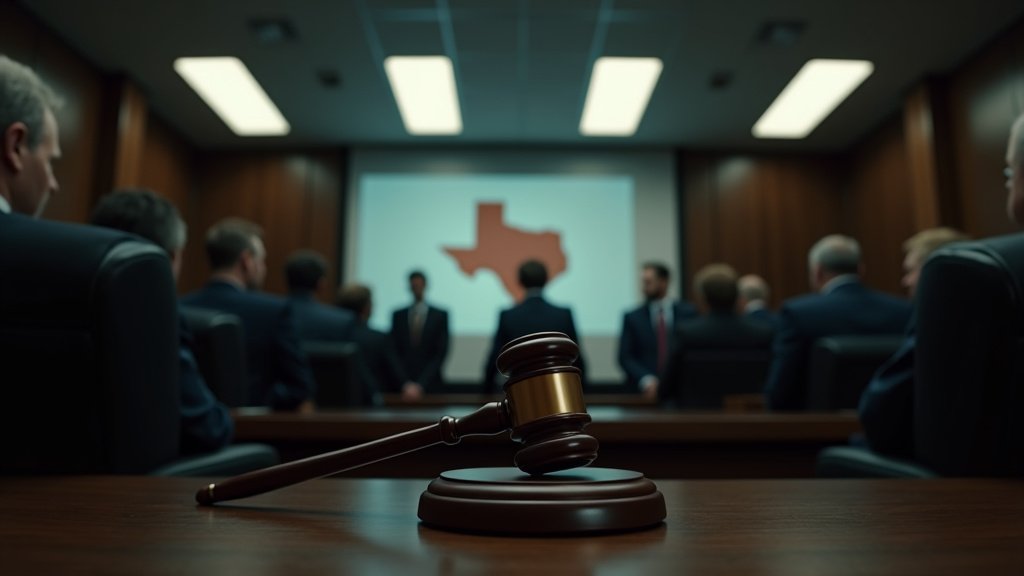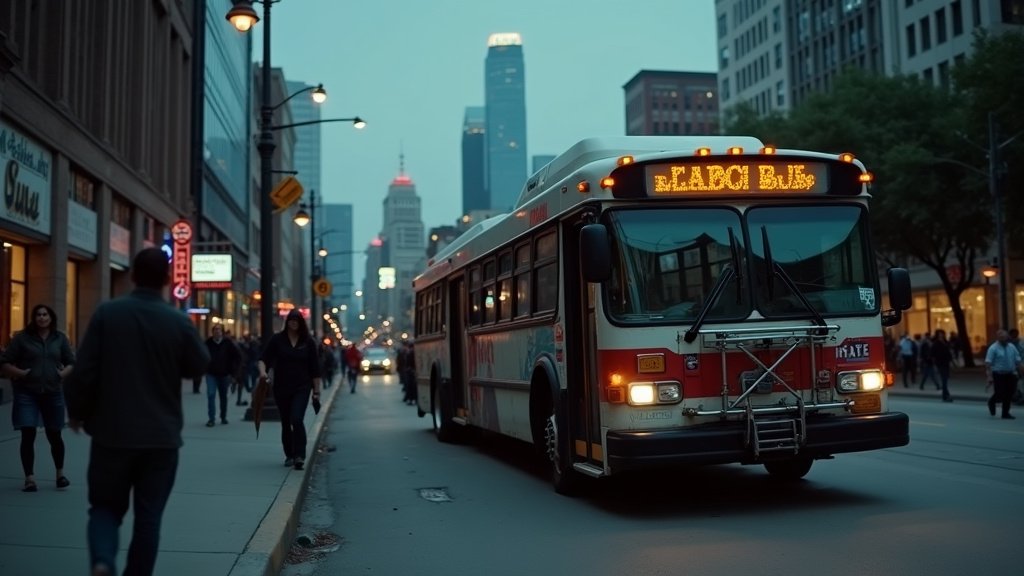One hundred and thirty years ago, a horrific act of racial violence unfolded in Texas, casting a long shadow that persists to this day. Three Black Texans were brutally lynched, an event of such profound significance and barbarity that its details transcended state and national borders, finding its way into the columns of an Irish publication. This somber anniversary compels a vital contemporary question: how can the city of Austin, and indeed the broader state of Texas, actively preserve the memory of these individuals, ensuring their stories are not lost to the currents of time?
The Lingering Echoes of a Century Past
The lynching of these three Black Texans a century and three decades ago stands as a stark testament to a period of immense racial terror and injustice in American history. It was not merely a local tragedy but an incident that resonated far beyond its immediate vicinity. The fact that the news of this atrocity reached and was reported by an Irish publication underscores the global recognition of its severity. Such acts of public violence were designed to instill fear and maintain white supremacy, yet their impact was so shocking that they drew international attention, exposing the depth of racial animosity prevalent in certain parts of the United States. This historical detail serves as a powerful reminder that these were not isolated incidents but part of a pervasive system of dehumanization that demanded attention even from distant shores.
The historical record of this event is crucial, not just as a factual account, but as a lens through which to understand the enduring legacies of systemic racism. For too long, many of these stories have been relegated to footnotes or, worse, completely erased from public consciousness. Acknowledging that an international news outlet deemed this event newsworthy emphasizes its magnitude and the need for contemporary society to grapple with its implications. It highlights the profound injustice suffered by these three individuals and countless others, whose lives were violently cut short under the guise of racialized terror.
Austin’s Moral Imperative: Confronting a Painful Past
Today, the city of Austin faces a moral imperative to confront this painful aspect of its historical narrative. The question of how to actively preserve the memory of these three lynched individuals is not an academic exercise but a pressing civic responsibility. It speaks to a community’s willingness to acknowledge its full history, including the uncomfortable and traumatic chapters. True preservation goes beyond mere recognition; it involves a commitment to understanding the roots and consequences of such violence, and to fostering a society where such injustices can never again take root.
For Austin, a city that prides itself on progress and inclusivity, this historical reckoning presents an opportunity. It is an opportunity to demonstrate a deep commitment to racial justice and healing, to educate current and future generations, and to honor the lives that were so unjustly taken. Ignoring these histories only allows their shadows to persist, unresolved and unaddressed. Only through active, deliberate acts of remembrance can a community begin to mend the wounds of the past and build a more equitable future. This type of news, while difficult, is essential for growth.
Pathways to Active Remembrance and Education
Preserving the memory of these three Black Texans requires a multi-faceted approach. One crucial pathway involves the creation of permanent public memorials. These could take the form of monuments, plaques, or dedicated spaces that tell the story of their lives, the circumstances of their deaths, and the broader context of racial violence in the region. Such memorials serve as tangible points of reflection, forcing passersby to pause and consider a history that might otherwise remain unseen. They transform abstract historical facts into concrete, human experiences.
Beyond physical markers, active preservation demands robust educational initiatives. This means incorporating these stories into school curricula, public history programs, and community discussions. Workshops, lectures, and digital archives can provide accessible platforms for learning about the impact of racial terror and the resilience of those who resisted it. For the city of Austin, this presents an opportunity to partner with local historians, community leaders, and descendants of those affected by racial violence to ensure that these narratives are told authentically and empathetically. This ongoing effort forms the core of an editorial commitment to historical truth.
Furthermore, remembrance can manifest through public apologies or symbolic gestures from civic institutions, acknowledging the historical wrongs committed within their jurisdiction. This demonstrates accountability and a willingness to reckon with institutional legacies. Ultimately, actively preserving the memory of these three Black Texans is an ongoing process—a continuous dialogue between the past and the present, designed to foster empathy, demand justice, and ensure that such horrific acts are never forgotten, serving as a solemn warning and a call to action for generations to come.






